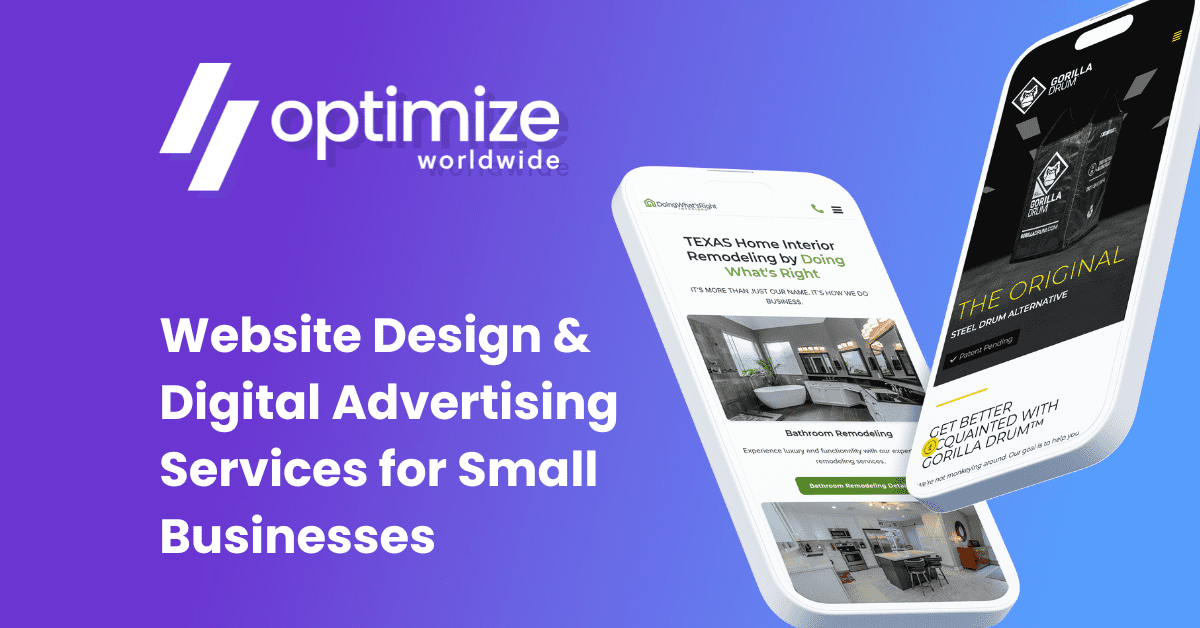The first step in building a SEO campaign is to perform proper on-page optimization for your website and individual pages. Without proper on-page optimization, you are limiting the effectiveness of your off-page SEO efforts. Here is a summarization of how to optimize an web page for your target keywords.
1. Title Tag
Your site’s title tag is probably the most important on-page element on your website as it’s the first thing that is shown in your search listing. The best way to make use of your title tag is to put your keyword there in a prominent position. You should also make it the title as attractive as possible because it often determines whether or not search engine users click through to your website.
2. Meta Tags
The meta tag is basically the description of your website. There is the meta keyword tag and the meta description tag. Orangesoda local search marketing specialists note that the meta keyword tag no longer has an effect on search engine rankings, so it’s up to you whether or not to put your targeted keywords in there. The meta description tag is the small snippet of text that is displayed under your title in the search results. You want to describe what the person will find on the site as best as possible. Make sure you use your keywords in the description but do not overuse it.
3. Heading Tags
The header tags help describe what’s actually in your content. The most important one is the h1 tag. You want to make sure that your h1 is used in the top of your page with your targeted keyword. The h2 tags may help highlight your secondary keywords but it does not have a significant impact on your rankings.
4. Anchor Text
A link with a specific anchor text helps describe the page that you are being linked to. That’s why you want to link to the internal pages of your website with the targeted keyword. For example, instead of using the default “click here” link, you want to use something like “purple umbrella.”
You will also be using anchor text links when linking to external sites and also for incoming links. Make sure the anchor text links pointing to your pages are diversified in the keywords that are used as the search engines may penalize you for gaming their system.
5. Keyword Optimization
In the gold rush days of SEO, it was always about getting that magical five to ten percent keyword density in your content. You also had to make sure that your main keyword was placed in a prominent position within your content. This is no longer the case.
Keyword prominence can easily be achieved by including your targeted keyword in your title and h1 tags. Keyword density is also no longer important and it is better to have a density of less than one percent. Google is also using latent semantic indexing and other word association technologies to judge content so it is important to use other keywords that are relevant to your main keyword within the content.
6. Image Optimization
If you use tend to use images frequently in your content, you want to optimize the image html tags to get as much SEO value as possible. You should start by using the alt text with the keyword that best describes your image. You should also name the image file with your targeted keyword rather than leave it in randomly generated letters and numbers (redwidgets.jpg, not xz213b.jpg) . Finally, use an image title to accurately describe the image when a visitor mouses over the image.
 About the Author
About the Author
Hayley Granton is a freelance blogger SEO consultant and published author residing in California. She enjoys helping her clients achieve online success by implementing strong SEO strategy. Away from the office she enjoys spending time with her two beautiful young girls and husband.

 About the Author
About the Author